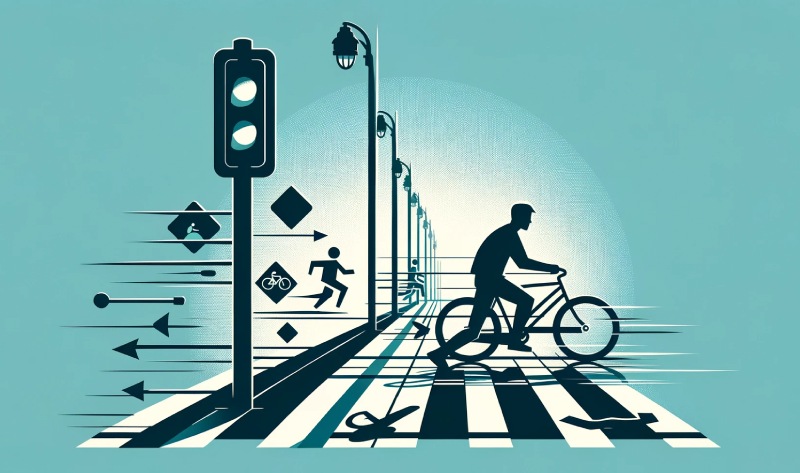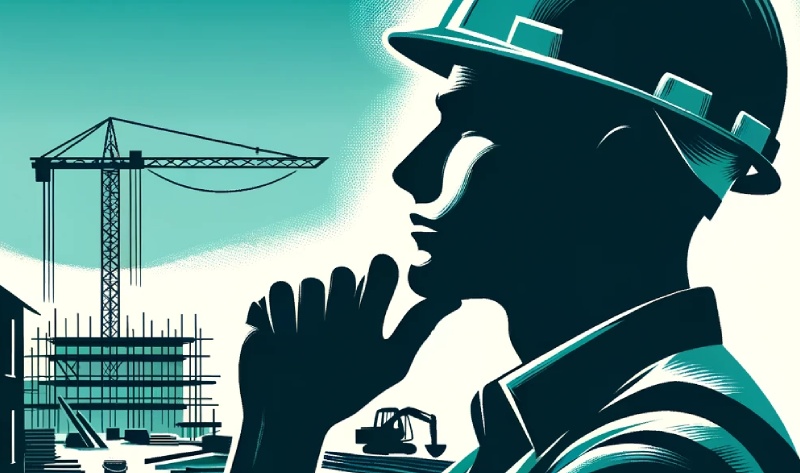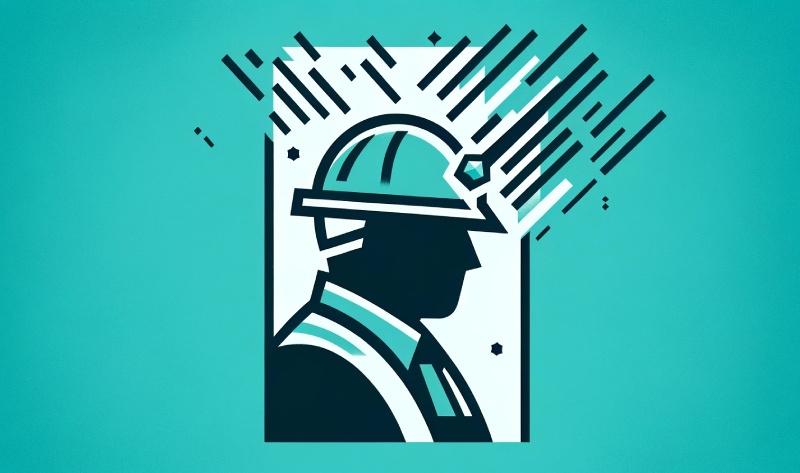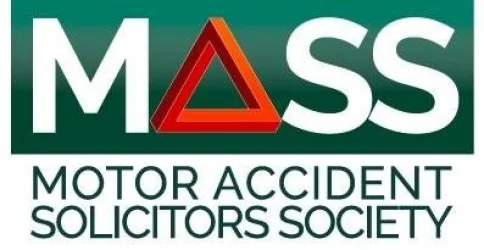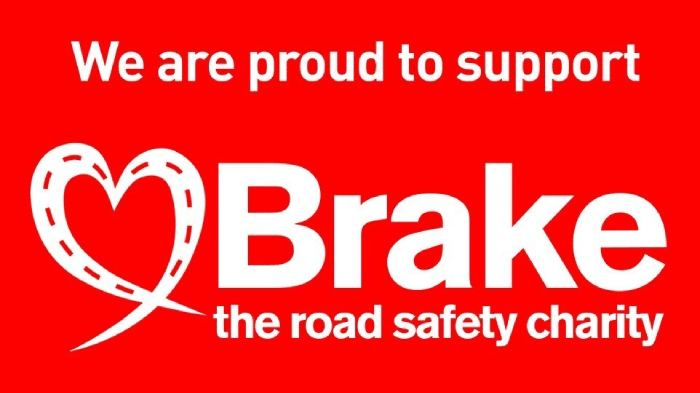Northern Ireland’s cyclists have been plagued by a worrying trend of malicious behaviour. Recently, there were a number of instances where “attempts to sabotage” cycling trails were spotted before a serious injury or worse occurred. Most notably, a man walking his dog discovered a fishing line wire which is believed to have been purposely placed on the cycling trail at Belfast’s Cave Hill. The attentive Good Samaritan quickly removed the line but noted that it “could slice into someone’s throat”.
Although the booby-trapping of bike trails is rare in Northern Ireland, the evil practice has been on the increase in other parts of the world in recent years. In England and the USA, spike traps have been discovered hidden in the ground of bike trails and barbed wire tied between trees at head level. It is without doubt that these acts are being committed by thugs of the most despicable level.
Belfast City Council is aware of the ongoing issue and has urged vigilance from park wardens and law abiding members of the public.
Paschal O’Hare Solicitors have worked on many personal injury cases involving cycling and although risk of accident is impossible to eliminate, especially when caused with intent, there are some measures cyclists can take to help stay safe on their bicycle whilst using park trails.
Personal Protection Equipment
Cyclists using trails often wear the correct protection equipment which consists of a helmet and at times, knee and elbow pads. However, extra consideration might be given to other vulnerable areas such as the eyes and neck. Cyclists can wear sport goggles to shield their eyes from stray branches or cyclist traps and wear layers around their neck when visibility is poor.
Spot and Act
It is important that park users remain attentive toward the potential dangers, intended or accidental, found in parklands. Members of the public who are traversing by foot are more likely to spot a blockage on a cycle path or wire tangled to trees and should remove it as quickly as possible. If a cyclist spots a hazard they should stop and clear it to protect others from potential harm. It is important to notify the local park authority in all cases that may be intentional sabotage. You can also report such findings to the police.
Strength in Numbers
Whenever possible, cyclists should group together to use park trails. Small groups are more likely to spot a potential danger and warn others of it before an accident occurs. Moreover, should a cyclist become injured, others in the group can react quickly and ensure the relevant care is given as soon as possible. Cyclists might consider entering an informal agreement to keep an eye on their fellow trail users even if they are strangers.
We’re experts when it comes to cycling accidents. If you’ve been injured on your bike, click here to learn more.
